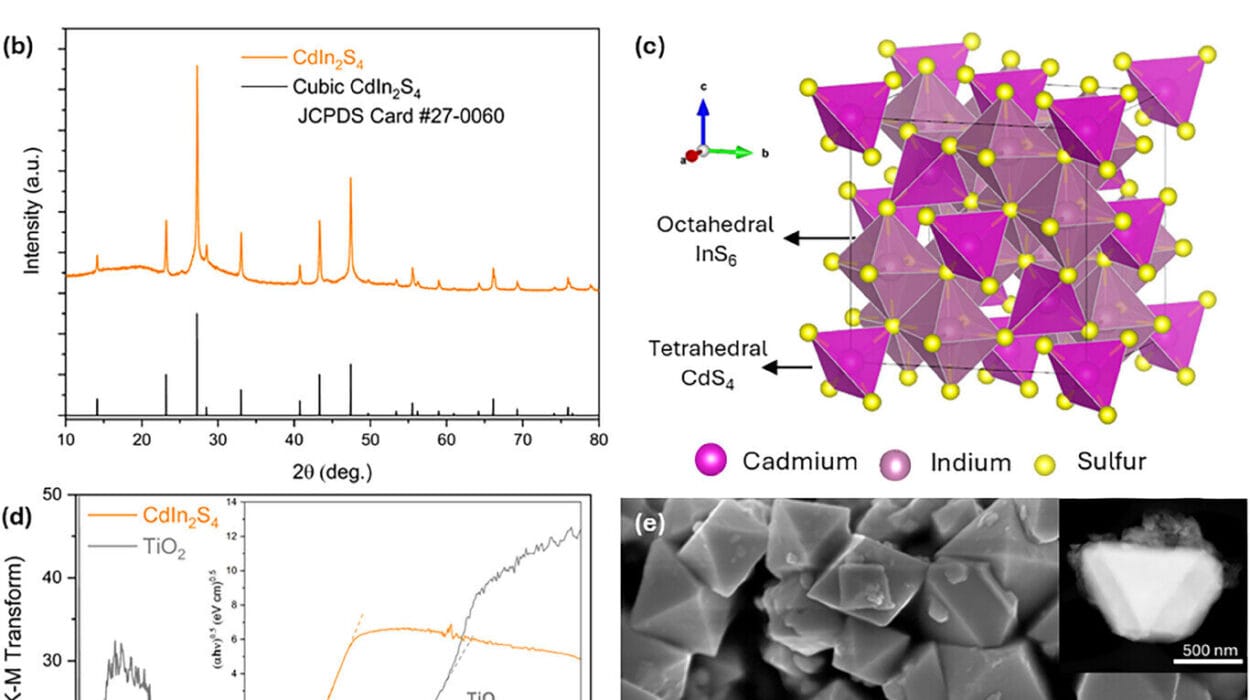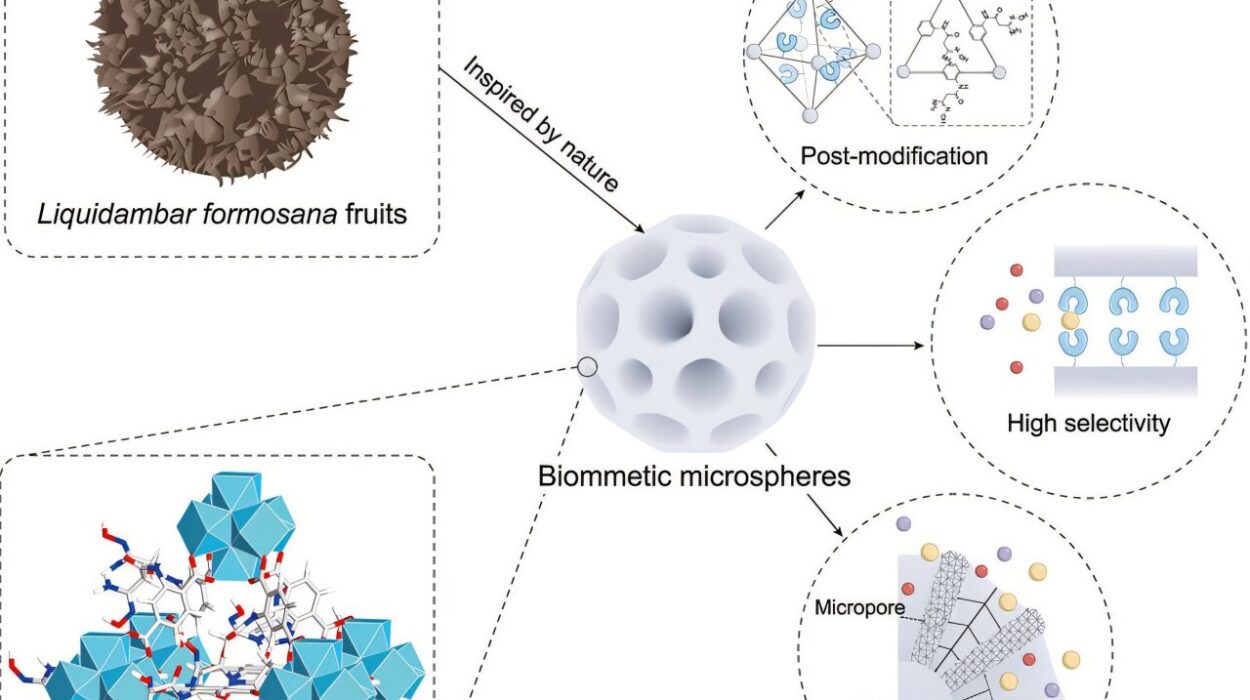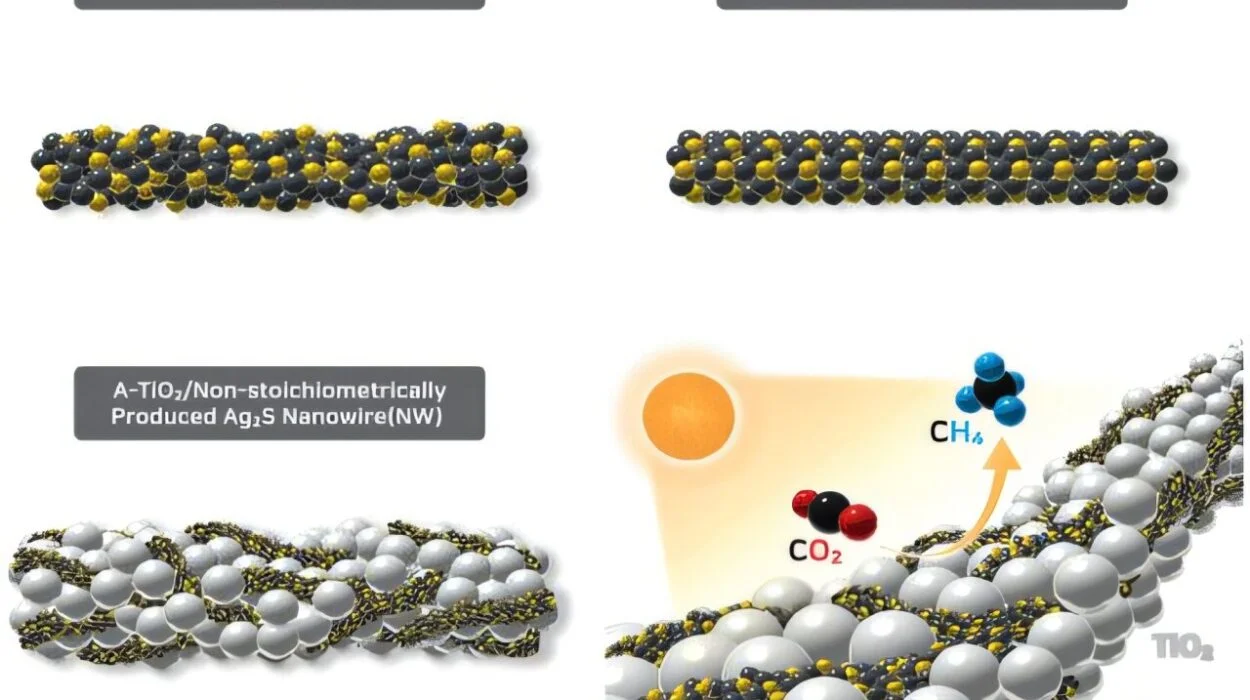Imagine a world where one tiny injection could provide you with the medication you need for months—or even years—without the hassle of constant doctor visits or remembering to take a daily pill. Thanks to a groundbreaking new technology from MIT engineers, that vision might soon be reality. In an impressive leap forward for drug delivery, researchers have designed a novel method to administer high doses of certain medications via tiny crystalline suspensions. Once injected just beneath the skin, these minuscule crystals come together to form a dense, long-lasting “drug depot” capable of releasing medicine slowly over time.
This innovative strategy not only promises to make treatments more convenient and accessible but could also dramatically improve quality of life for millions of people who rely on long-term medication—whether it’s for contraception, chronic disease management, or infectious disease prevention.
Let’s dive deeper into how this technology works, why it’s so promising, and what lies ahead.
The Need for a Better Injection
For patients dependent on medications that require frequent dosing, the struggle is real. Current options for long-acting injectable drugs—such as those used in contraceptives—have limitations. Many last only a few months and often require thick needles and uncomfortable injections due to the viscosity or volume of the solution. Some depot formulations depend on polymers that make up the bulk of the injection—up to 98% by weight—leading to increased pain and difficulty with administration.
Recognizing these challenges, the team at MIT and Brigham and Women’s Hospital (BWH), led by Associate Professor Giovanni Traverso, set out to create something better. Their solution: a suspension of microscopic drug crystals that could be injected through a small, patient-friendly needle, but would still offer long-lasting therapeutic effects.
“We showed that we can have very controlled, sustained delivery, likely for multiple months and even years through a small needle,” says Traverso. It’s an elegant solution to a complex problem.
How Does It Work? The Science Behind the Crystal Depot
At the heart of this new method is a simple yet clever idea—using the drug itself, in crystalline form, as the delivery system. Here’s how it works:
- Crystal Suspension: The drug—such as levonorgestrel, a widely used contraceptive—is first formed into tiny crystals. These are then suspended in a special organic solvent.
- The Injection: This liquid suspension is injected subcutaneously (just beneath the skin) through a narrow-gauge needle that causes minimal discomfort.
- Depot Formation: Once inside the body, the unique properties of the solvent trigger the drug crystals to self-assemble into a tightly packed structure. The solvent itself doesn’t mix well with bodily fluids, which facilitates this controlled assembly process.
- Slow Release: The resulting depot acts like a miniature reservoir, slowly releasing the drug molecules over time as they diffuse from the crystalline structure into surrounding tissues.
- Fine-Tuning the Release: By adjusting the density of the depot—and adding just a small amount of biodegradable polymer (less than 1.6% by weight)—the researchers can fine-tune how fast or slow the medication is released into the body. This makes the system adaptable to a wide range of drugs and treatment needs.
As Traverso explains, “The solvent is critical because it allows you to inject the fluid through a small needle, but once in place, the crystals self-assemble into a drug depot.”
A Leap Forward for Contraception and Beyond
The MIT and BWH team first focused on contraceptives, given the high demand for easy-to-use, long-acting birth control—especially in resource-limited areas. Globally, millions of women lack access to consistent contraceptive options. This new system offers a promising solution: a simple injection that could provide birth control for six months, a year, or even two years, with minimal medical intervention.
Vivian Feig, a lead author of the study and now a professor at Stanford University, explains, “The overarching goal is to give women access to a lot of different formats for contraception that are easy to administer, compatible with being used in the developing world, and have a range of different timeframes of durations of action.”
But contraception is only the beginning. The same technology could be applied to other long-term treatments, such as medications for managing neuropsychiatric conditions (like schizophrenia), chronic infectious diseases (such as HIV and tuberculosis), and more.
Preclinical Results Are Promising
In their initial preclinical studies, the researchers injected their crystalline depot formulation into rats. Over a three-month period, the drug depots remained intact and steadily released medication. Even after the three-month window, more than 85% of the drug still remained in the depot, indicating its potential to continue delivering treatment well beyond the study’s timeframe.
“We anticipate that the depots could last for more than a year, based on our post-analysis of preclinical data,” says MIT graduate student Sanghyun Park, another key contributor to the study. “Follow-up studies are underway to further validate their efficacy beyond this initial proof-of-concept.”
Built-In Safety: Retrieval Options
An added benefit of this technology is the ability to retrieve the depot if needed. If a patient experiences an adverse reaction or decides to discontinue treatment early, the depot is compact and stable enough to be surgically removed. This feature gives patients and doctors an extra layer of control—something not always possible with other long-acting delivery systems.
What’s Next? Human Trials and Potential Applications
The researchers are now focusing on translating their work to humans. This involves advanced preclinical studies to ensure the system works effectively in skin environments that closely mimic human tissue. They’re also evaluating different indications: Should the first clinical application be contraception, HIV treatment, or a medication for mental health? The decision could shape the trajectory of the technology’s real-world impact.
“This is a very simple system in that it’s basically a solvent, the drug, and then you can add a little bit of bioresorbable polymer,” Traverso explains. “Now we’re considering which indications do we go after: Is it contraception? Is it others? These are some of the things that we’re starting to look into as part of the next steps toward translation to humans.”
Why This Matters: The Big Picture
This breakthrough comes at a time when there is growing interest in simplifying healthcare delivery, particularly for people in low-resource settings or those facing challenges in adhering to complex medication regimens. A single injection that provides long-lasting, controlled drug delivery could revolutionize not only how medications are administered but also improve patient outcomes.
Key Benefits of MIT’s Injectable Crystal Depot Technology:
- Patient-Friendly: Small-gauge needle injections mean less pain and greater convenience.
- Long-Lasting: A single injection could release drugs over months—or even years.
- Customizable: Release rates can be fine-tuned for different drugs and treatment durations.
- Retrievable: Patients can opt to have the depot surgically removed if treatment needs to stop.
- Scalable: Suitable for widespread use, including in developing countries where healthcare infrastructure may be limited.
The Future of Drug Delivery
MIT’s crystal depot technology represents an exciting frontier in drug delivery. It builds on years of research into long-acting injectables but simplifies the approach with a more elegant and versatile solution. By eliminating the need for frequent doses and complex polymers, it makes drug delivery more accessible, less invasive, and more adaptable to the unique needs of each patient.
As the research moves closer to human trials, the potential to change millions of lives becomes clearer. From empowering women with more contraceptive choices to offering relief for chronic disease patients, this injectable crystal depot system could become one of the most important medical innovations of our time.
And perhaps best of all? It all starts with a tiny crystal, a bit of solvent, and a vision for a healthier future.
Reference: Self-aggregating long-acting injectable microcrystals, Nature Chemical Engineering (2025). DOI: 10.1038/s44286-025-00194-x






